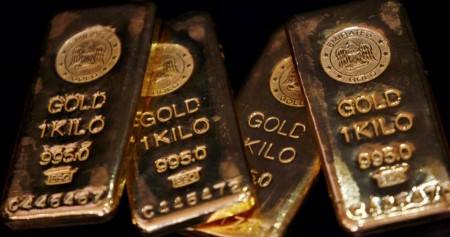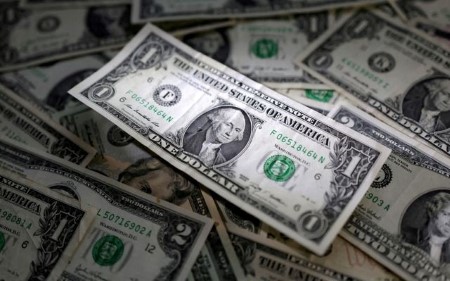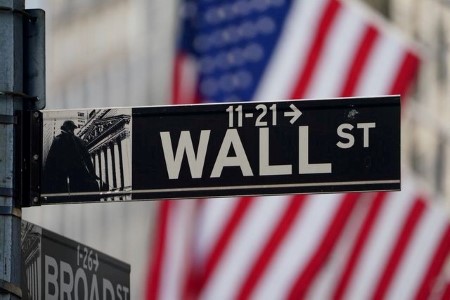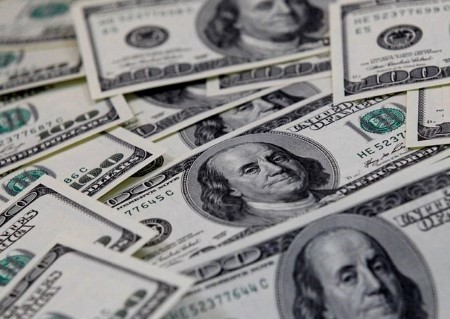Sept 26 – Gold prices on Tuesday were set to fall for a second straight session as Treasury yields and the dollar rose on prospects of the Federal Reserve keeping interest rates higher for longer.
Spot gold slipped 0.7% to USD 1,901.49 per ounce by 1:43 p.m. EDT (1743 GMT), after hitting its lowest since Aug. 23, while US gold futures settled 0.9% lower at USD 1,919.80.
Inflation staying above the Fed’s 2% target remains a greater risk than tight central bank policy slowing the economy, Chicago Fed President Austan Goolsbee said on Monday.
“The market is not currently positioned for gold to behave as a safe haven yet. If there is a fear that the Fed is going to over-tighten and anticipation of significant deterioration in the economy, then it is good news for gold,” said Edward Moya, senior market analyst at OANDA.
Higher interest rates raise the opportunity cost of holding bullion, which is priced in dollars and does not yield interest. The dollar ticked up while the benchmark 10-year Treasury yields scaled a fresh 16-year peak.
Investors await the personal consumption expenditures (PCE) price index, the Fed’s preferred inflation gauge, due on Friday to gauge the Fed’s interest-rate path.
“If we get a hot report, then there will be further downward pressure on gold,” Moya added.
Reflecting investor interest in bullion, SPDR Gold Trust GLD, the world’s largest gold-backed exchange-traded fund, said its holdings fell on Monday to their lowest level since January 2020.
“The (gold) bears would be eying liquidity resting below recent lows at USD 1,900 and then at USD 1,885 next,” Fawad Razaqzada, market analyst at City Index, said in a note.
Silver dropped 0.8% to USD 22.92 per ounce. Platinum shed 0.8% of USD 903.63 and palladium slipped 0.5% to USD 1,223.11.
“Strong supply and weak industrial demand has pushed platinum prices down,” Bernstein analysts wrote in a note.
(Reporting by Ashitha Shivaprasad in Bengaluru; Editing by Vinay Dwivedi, Richard Chang and Krishna Chandra Eluri)







 DOWNLOAD
DOWNLOAD











